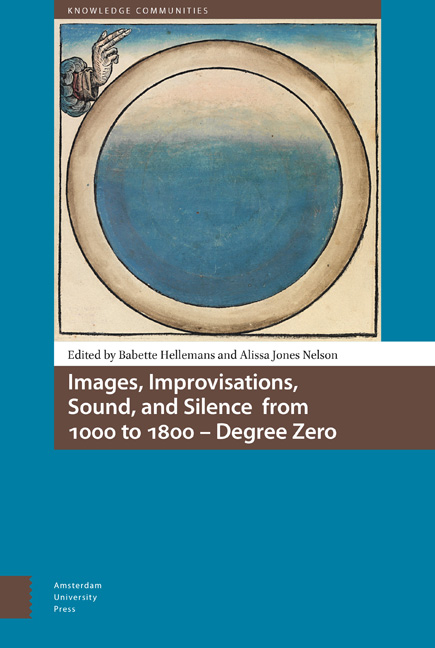Ouverture: Degree Zero Between Past and Future
Published online by Cambridge University Press: 11 December 2020
Summary
Should we say again that nothing is created out of nothing? Or is creation out of nothing (ex nihilo), from the white of the canvas or the silence that precedes sound, the freedom of the work from bondage to a preordained state? Imagining such a disenchanted condition is the triumph of critical realism today – that state of the world without authority or tradition, in which each has to find his or her way, and where nature has collapsed into social structures. The creation out of nothing was very different for modernist artists and thinkers, however, who tried to understand the meaning of form by taking its essence as something existential, which meant that their lives depended on writing, painting, or composing music. Even if the eye is staring down the ‘indifference of white paper’, to paraphrase Merleau-Ponty’s essay on painting, the nature of its virginal blankness has to be imagined too. The modernist experience is at its most intense not in the presence of an image or a sound, but in the reduction of form or its absence, hence the use of the term ‘degree zero’. The notion of degree zero is best known in French theory; it is borrowed from Roland Barthes's Le degré zéro de l’écriture (published in 1953). This volume uses the phrase ‘degree zero’ as a hermeneutical tool to grasp sources of creative possibility as they present themselves in artistic objects. All the essays are concerned with the same fundamental question of degree zero as not either historical or personal, but as both at the same time – what I would call the ‘and also’. While the notion of ex nihilo often functions as a precise point in time, the degree zero tends to be circular and constantly developing. It has a life of its own and is not fully explainable or ‘confinable’ to a single point in time; it is not an event, but rather a type or a force. It lends significance to the disorder of the present, hence the title of my introduction, ‘between past and future’. Degree zero can be considered as a liminal state too and therefore never represents something absolute. This notion of liminality also implies that, ultimately, the meaning of degree zero is not without a sense of border. It represents the dawn of something that is entirely new.
- Type
- Chapter
- Information
- Publisher: Amsterdam University PressPrint publication year: 2018



